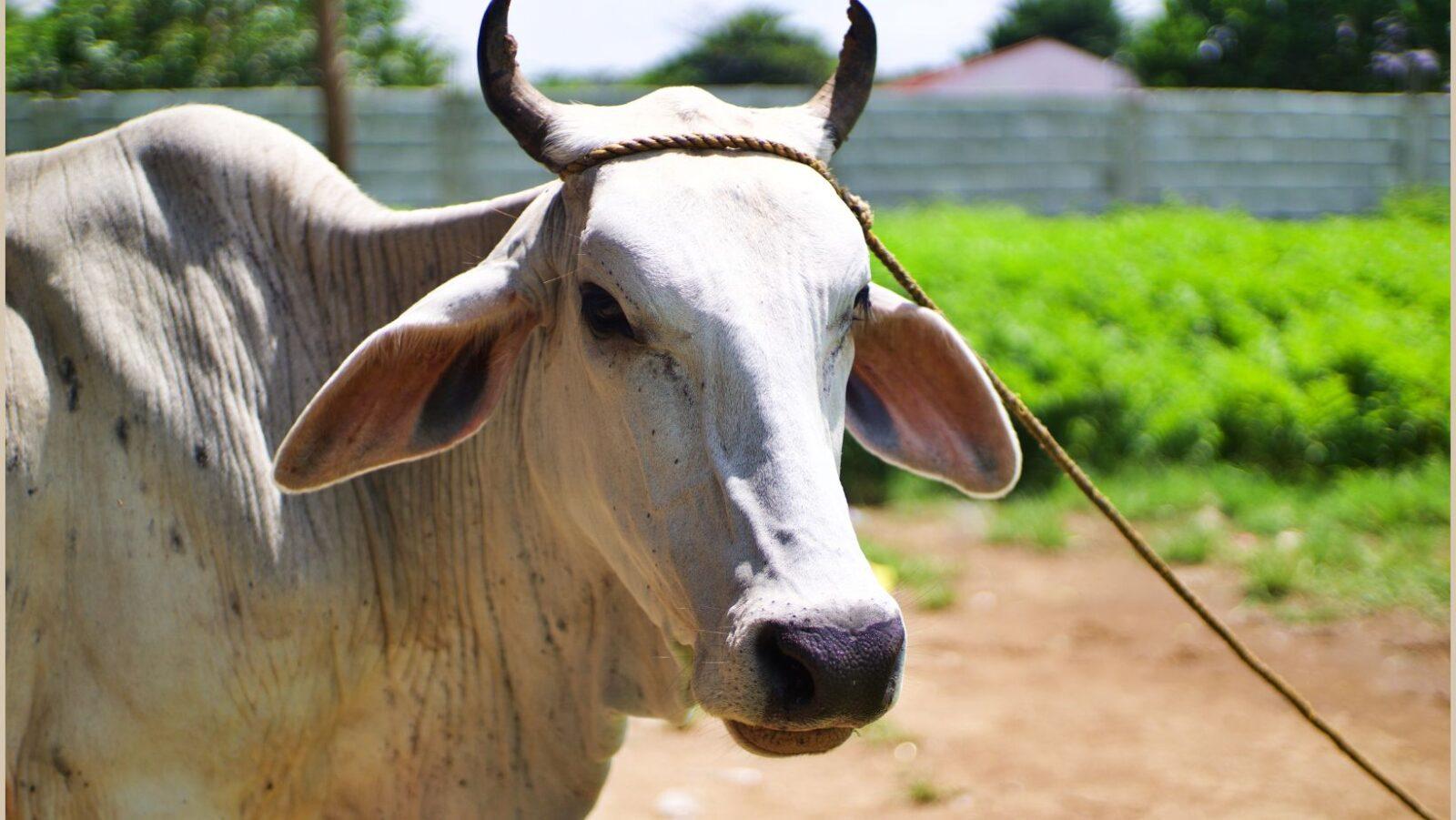
levels of Arabic gum and lecithin to see what effect these have on the fishes’ survivability in cold climates. Photo: OAVP-RCWI
Two common ingredients in ordinary chewing gum–Arabic gum and lecithin–have been found to help improve the overall health of tilapia, helping these fish survive better even in cold climates. This discovery paves the way for raising tilapia for food outside of the tropical regions where they are commonly farmed.
Native to Africa, the Nile tilapia (Oreochromis niloticus) has been raised for food since ancient times due to its fast rate of reproduction. It is now a common sight in markets across tropical countries, including the Philippines and Indonesia. However, O. niloticus is sensitive to cold and only thrives in warm water within the range of 26°C to 30°C.
A recent study by an international team of researchers from Egypt (Benha University and the National Institute of Oceanography and Fisheries) and the Philippines (Ateneo de Manila University Department of Biology’s Dr. Janice Alano Ragaza) tracked the weight, growth, blood chemistry, and enzyme levels of Nile tilapia fingerlings that fed on varying amounts of Arabic gum and lecithin.
Arabic gum and lecithin are common ingredients found in chewing gum and other foodstuffs. Arabic gum is made from sap, usually from the Acacia senegal or Sengalia senegal tree. Meanwhile, lecithin is a common emulsifier derived from a variety of sources, including eggs, soy beans, and sunflower seeds. “For aquatic species, lecithin is considered a significant source of bioavailable phospholipids,” wrote the researchers in their paper, which was published in Aquaculture Reports.
The researchers found that Nile tilapia fingerlings fed on 4 grams of Arabic gum and 10 grams of lecithin per kilogram of fish food over the course of three months led to increased levels of minerals, enzymes, and antioxidants that help the fish overcome the stresses of living in winter. This change was more than just physiological, as it was found that the diet even activated specific genes associated with surviving cold temperatures.
“New feed technologies are necessary to increase the tilapia output in subtropical regions,” added the researchers, who recommended conducting “research on winter feed designs, sustainable husbandry practices, and cold-resistant Nile tilapia breeds” to increase tilapia production in such areas.—OAVP-RCWI/MF






